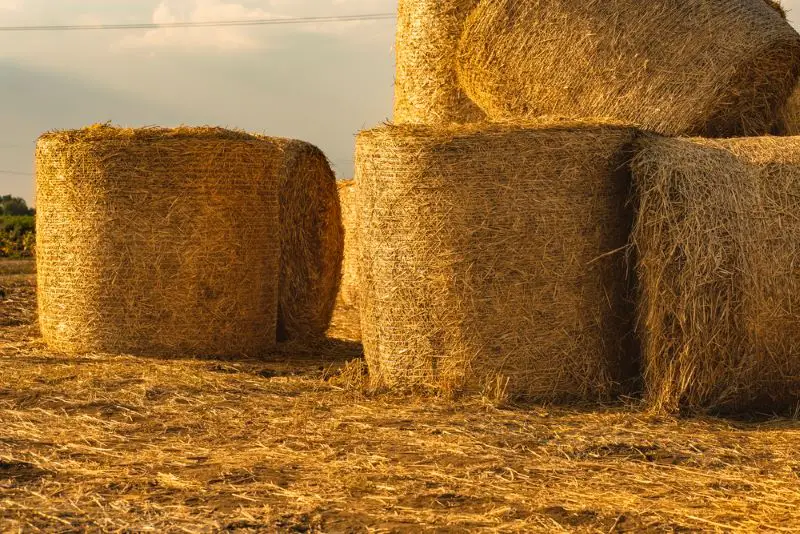Click here to get this post in PDF
In the modern era of sustainability and eco-conscious living, the mantra “reduce, reuse, recycle” has never been more relevant, especially for those in the agricultural sector. Farmers and hobbyists alike are continually seeking innovative ways to minimise waste and maximise efficiency. This pursuit has led to a creative movement of repurposing household items for farm use. Let’s delve into how everyday objects can find a second life on the farm, transforming from trash to treasure.
The Philosophy of Repurposing
At the heart of repurposing lies the desire to extend the lifecycle of items, reducing the need for new products and the waste that comes with them. This philosophy not only benefits the environment by decreasing landfill contributions but also supports financial savings and resource efficiency. In the realm of farming, where sustainability is key, repurposing household items becomes not just a practice of convenience but a testament to environmental stewardship.
Repurposing in Action: From Kitchen to Coop and Beyond
Imagine your kitchen, and within it, items deemed no longer useful. Old utensils, containers, and even appliances possess untapped potential to serve in capacities far removed from their initial design. Here are some ingenious ways to breathe new life into these items on a farm:
- Utensils as Garden Tools: Spoons and forks can be transformed into small gardening tools, perfect for planting seeds or transplanting seedlings. Their sturdy handles and metal construction make them ideal for navigating the compact earth of a garden bed.
- Containers as Planters or Feed Storage: Plastic containers, once destined for recycling or the bin, can find new purpose as planters for small herbs or vegetables. Larger containers, such as buckets or bins, are excellent for storing animal feed, keeping it dry and protected from pests.
- Appliances as Incubators or Brooders: An old refrigerator, with a little modification for temperature control and ventilation, can become an efficient incubator for hatching eggs or a brooder for raising chicks. This repurposing not only saves money but also gives appliances a second life beyond the landfill.
- Bridging the Old with the New: While repurposing offers a nod to traditional ingenuity, integrating these practices with modern solutions elevates farm efficiency and sustainability. For instance, consider the importance of hay sheds in Australia – these structures are vital for protecting valuable hay from the elements, ensuring that feed remains dry and free from mould. By combining the practice of repurposing with the investment in durable, purpose-built structures, farmers can achieve a balance of sustainability and functionality.
The Cultural Impact of Repurposing
This movement towards repurposing is not just about practicality but also about fostering a culture of resourcefulness and sustainability. It challenges the disposable mindset, encouraging a deeper consideration of the items we use daily and their potential beyond their initial purpose. On farms across Australia and beyond, repurposing household items serves as a testament to the ingenuity and resilience of those who work the land, reminding us of the value of sustainability in both our homes and our farms.
Ready to get started?
The journey from trash to treasure is one of creativity, sustainability, and practicality. By repurposing household items for farm use, we not only pay homage to the timeless tradition of making do with what we have but also contribute to a more sustainable and efficient farming practice. Let’s embrace this journey, transforming the old into something new and valuable, for the health of our planet and the future of farming.
You may also like:
Role Of Waste Removal Experts For A Healthy Environment
Melbourne Company Launches First-of-Its-Kind Micro Honey Harvester for Beekeepers
Image source: Depositphotos.com

